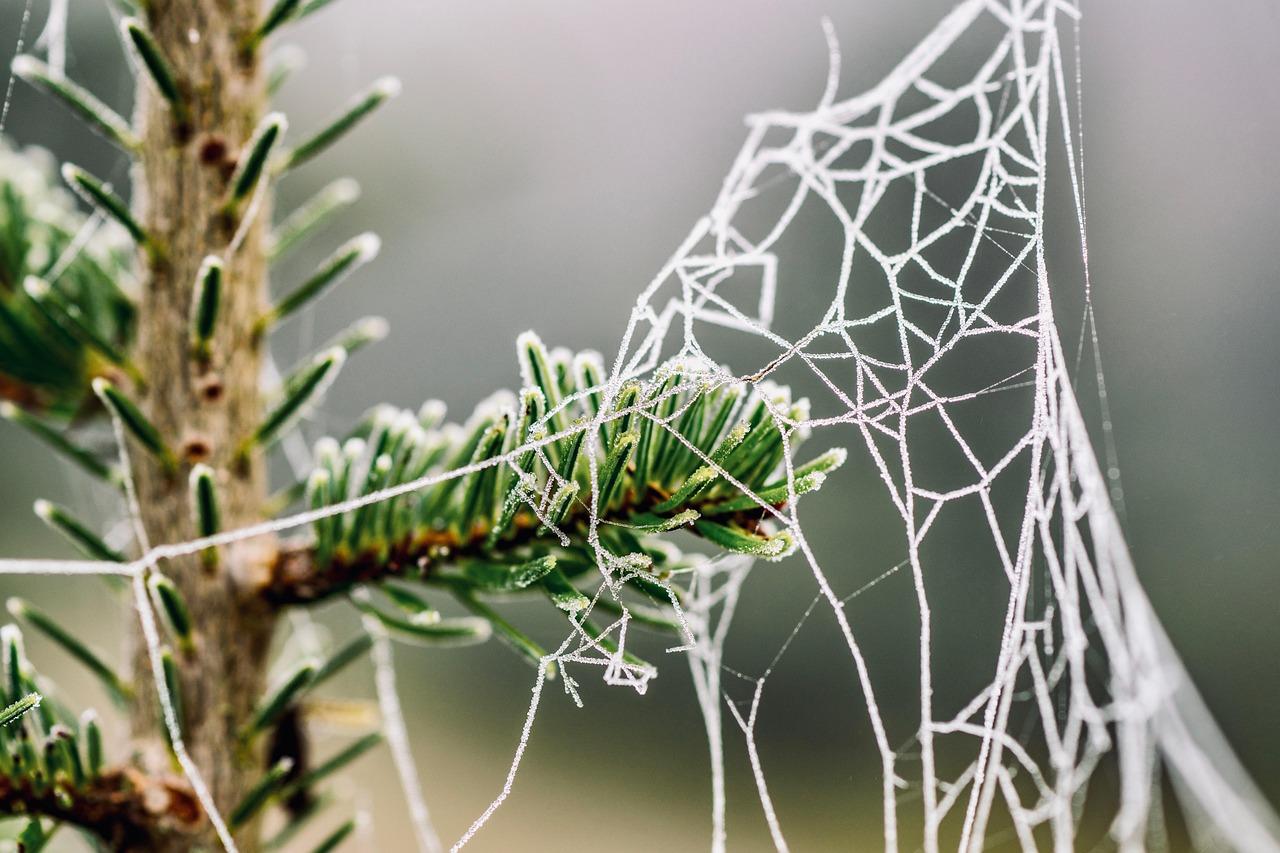I have been thinking a lot about the differences between systems that gain nutrients from extraction and exploitation of a primary resource (like money, natural resources or talent) and systems that gain nutrients through other means. In the first system type, resources are scarce, so one must compete to protect the self-interest of the individual or organization. This self-interest triggers the justification of exploiting resources for one’s own gain. Because resources are finite, the more you have, the less others have. Often these resources are objectified, claimed for ownership by those who want to use them for their own benefit.
Abundant examples of generosity in nature
Nature would teach us that there is another way of operating a system, one that is not based on scarcity but on abundance and generosity. As ecosystems evolve in nature, they become more diverse. This diversity creates more resources (not less) in a system. This is because diverse plants and species need different nutrients to thrive, and they each generate abundant resources that they can share. They soon realize that they can gain what they need by creating cooperative relationships. Instead of drawing all their resources from the soil, they start exchanging resources with other species or plants. This shift from competitive to cooperative relationships creates the conditions for a system based on abundance.
For those of us who have been raised in a scarcity environment, it can be challenging to imagine a system that runs on abundance. And yet nature has created whole systems of mature coral reefs, old-growth forests and mature prairies that operate as generous systems filled with diverse life. These systems are based on interdependent relationships where resources are regularly exchanged because it is both more effective and it allows them to contribute to the health of the whole system.
From seeing diversity as a threat to potential for abundance
What is it about the “other” that causes us to see difference as a threat? I think it is because we have long received messages that being all the same is safer and more efficient. Management theory supports the status quo because it is efficient. Management doesn’t like conflict because it disrupts productivity. Efficiency has ruled in management theory since assembly lines in manufacturing were created and time-motion studies looked for ways to eliminate waste. So, one reason we see diversity as a threat is because we have been taught that it is disruptive.
On the other hand, leadership is all about change. It understands that controversy and conflict are normal in a system that is evolving and actively working to become better. Leadership is more about impact than efficiency. And nature isn’t all about efficiency either. Nature is complex, dynamic and interdependent. It seeks successful strategies that help the system regenerate itself and create conditions for the life of future generations. Nature banks on diversity and rewards cooperation as a design principle of its evolving system, showing us that diverse systems are more resilient.
Transforming leadership to achieve diversity and abundance
Leadership, too, should seek out diversity to help the larger system thrive. Take a moment and try to imagine what a generous team would look like in an environment that values diversity. What would change in how you would behave with one another? How might your approach to conflict be different? What would it feel like to know you would be supported in your team and that resources would be shared rather than withheld?
This is the time for a fundamental shift in how we think about diversity and resources. It’s a time to dump our default thinking patterns to become better leaders of our organizations. We need to let go of the notion that diversity is a threat and shift to see the fundamental value and benefit of having difference in our system. Nature has proven that to support a regenerative system, diversity is critical. It is time to learn from its 3.8 billion years of research and development and apply its lessons to our organizations.







How beautiful, how simple.
Thank you. I am curious about what happens when diverse elements are removed; i.e., use of insecticides, removing old growth trees and planting new ones.